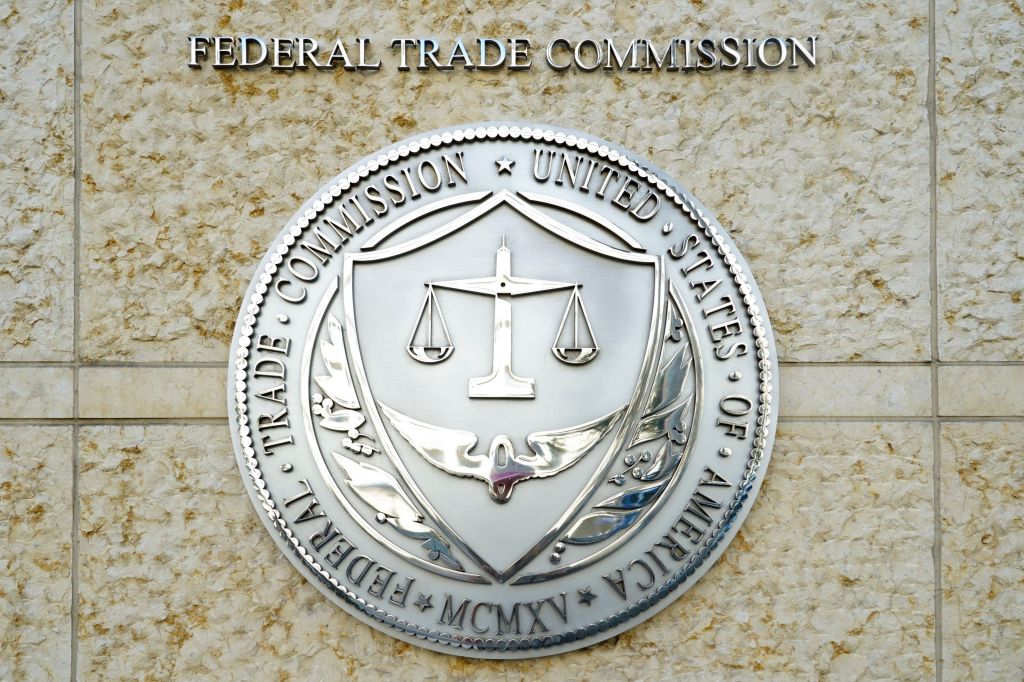Verena Ross, the chair of the European Securities and Markets Authority (ESMA), delivered a speech at a public hearing regarding the possibility of shortening the settlement cycle in the European Union to T+1, aligning it with the US. This shift would significantly affect how quickly securities are delivered and paid
Register for free to keep reading.
To continue reading this article and unlock full access to GRIP, register now. You’ll enjoy free access to all content until our subscription service launches in early 2026.
- Unlimited access to industry insights
- Stay on top of key rules and regulatory changes with our Rules Navigator
- Ad-free experience with no distractions
- Regular podcasts from trusted external experts
- Fresh compliance and regulatory content every day













